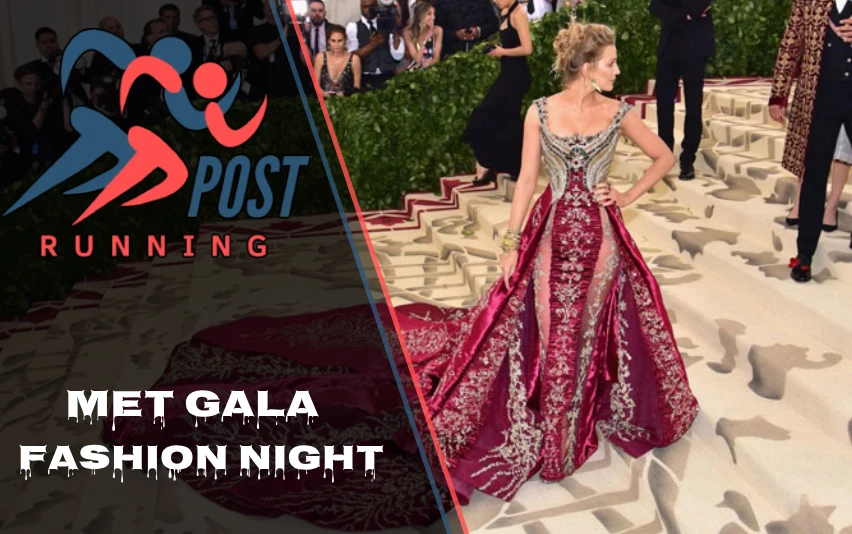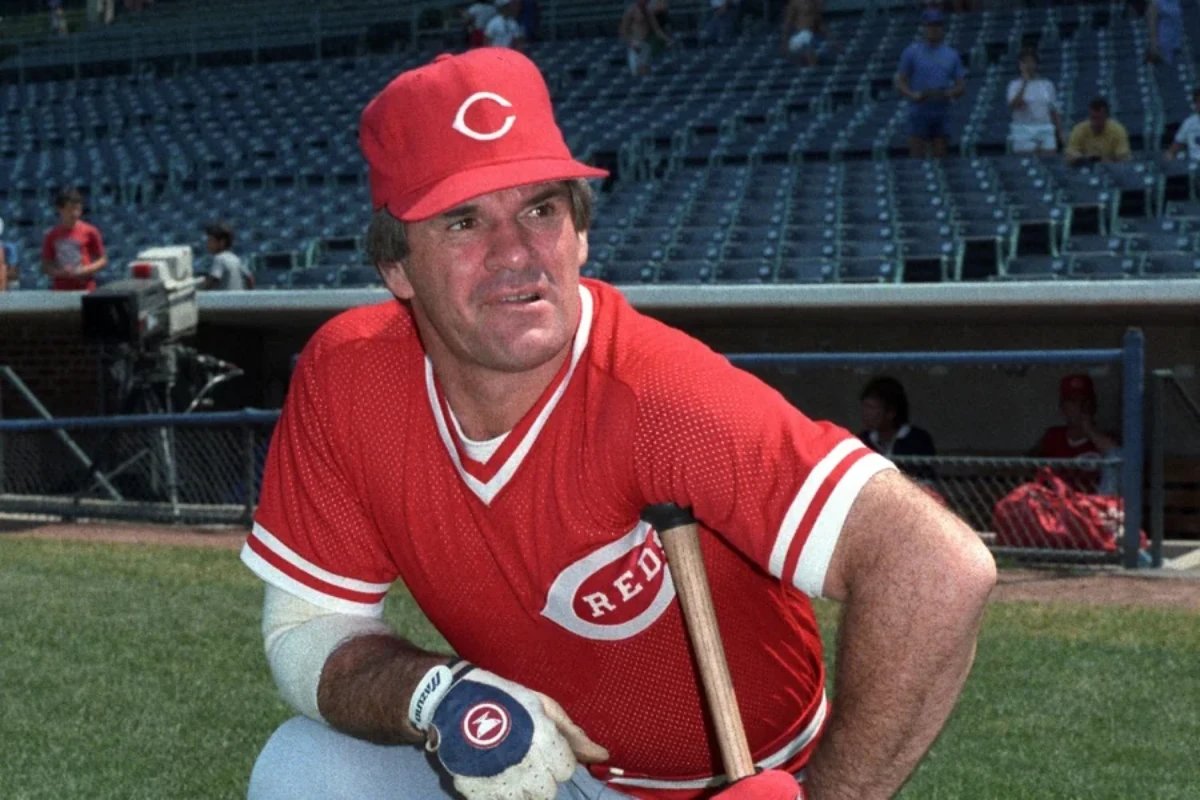The Met Gala, often referred to as “fashion’s biggest night,” is an annual event that captivates the world with its blend of high fashion, celebrity culture, and philanthropic purpose. But what is the Met Gala fashion night really all about? Let’s dive into this glittering spectacle that has become a cornerstone of the fashion calendar.
What Is The Met Gala Fashion Night?
The Met Gala, officially known as the Costume Institute Benefit, is a star-studded fundraising event held annually on the first Monday of May. It’s not just any party; it’s a grand celebration of fashion that serves a greater purpose. The event raises funds for the Metropolitan Museum of Art’s Costume Institute in New York City, supporting its operations and exhibitions throughout the year.
At its core, the Met Gala is a fusion of art, fashion, and philanthropy. It’s where the worlds of Hollywood, fashion, music, and art collide in a dazzling display of creativity and extravagance. The night is famous for its red carpet, where attendees showcase elaborate outfits that often push the boundaries of fashion and art.
But the Met Gala is more than just a fancy dress party. It’s a cultural phenomenon that sparks conversations about fashion, art, and society. Each year, the event revolves around a specific theme, which corresponds to the Costume Institute’s annual exhibition. This theme influences not only the dress code for attendees but also sets the tone for fashion trends in the coming year.
History and Evolution
The Met Gala’s journey from a modest dinner to a global fashion spectacle is a fascinating one. It all began in 1948 when fashion publicist Eleanor Lambert organized a midnight supper to raise funds for the Costume Institute. Back then, tickets were a mere $50, and the event was far from the media frenzy it is today.
The real transformation of the Met Gala began in the 1970s under the guidance of Diana Vreeland, the former editor-in-chief of Vogue. Vreeland, who became a special consultant to the Costume Institute, injected glamour and excitement into the event. She introduced themes and began inviting celebrities, turning the gala into a must-attend event for the fashion elite.
However, it was Anna Wintour, the current editor-in-chief of Vogue, who truly catapulted the Met Gala into the stratosphere of fashion events. Since taking over as chairwoman in 1995, Wintour has transformed the gala into the spectacle we know today. She curates the guest list, oversees the seating arrangements, and even approves attendees’ outfits before they hit the red carpet.
Under Wintour’s reign, the Met Gala has become not just a fundraiser, but a major cultural event that generates buzz worldwide. It’s a testament to her vision that the gala now raises millions of dollars each year and attracts the biggest names in entertainment, fashion, and business.
Event Details
The Met Gala takes place at the Metropolitan Museum of Art in New York City, a fitting venue for an event that blends art and fashion. The museum’s grand steps serve as the backdrop for the famous red carpet, where photographers capture every detail of the attendees’ outfits.
Getting an invitation to the Met Gala is no small feat. The guest list is exclusive, typically limited to about 600 attendees. These lucky few are a mix of fashion designers, Hollywood A-listers, musicians, models, and other influential figures. The exclusivity of the event is part of what makes it so intriguing to the public.
As for the cost of attendance, it’s not for the faint of heart. In 2025, the ticket price has soared to $75,000, up from $50,000 in 2023. This steep increase reflects the event’s growing prestige and the increasing costs of producing such a lavish affair. However, many attendees don’t pay for their own tickets. Instead, fashion brands often purchase tables and invite celebrities to attend as their guests, using the event as a high-profile marketing opportunity.
The red carpet is where the magic happens. Attendees spend months working with designers to create outfits that align with the year’s theme while showcasing their personal style. These elaborate ensembles often become talking points for days, if not weeks, after the event.
Theme and Dress Code
One of the most exciting aspects of the Met Gala is its annual theme, which corresponds to the Costume Institute’s exhibit. The theme serves as a creative prompt for attendees and designers, inspiring outfits that range from the sublime to the outrageous.
For 2025, the Met Gala theme is “Superfine: Tailoring Black Style.” This theme celebrates the rich history and influence of Black fashion, particularly in the realm of tailoring. It’s an opportunity to showcase the often-overlooked contributions of Black designers, stylists, and cultural figures to the world of fashion.
Accompanying the theme is the dress code, which for 2025 is “Tailored For You.” This dress code encourages attendees to explore personalized tailoring, custom fits, and innovative interpretations of classic suiting. We can expect to see a range of outfits, from sleek, modern suits to avant-garde creations that push the boundaries of what “tailored” can mean.
The theme and dress code are more than just guidelines; they’re an invitation for creativity. They challenge designers and attendees to think outside the box, resulting in some of the most memorable fashion moments of the year.
Key Figures for 2025 Met Gala
The Met Gala’s success relies heavily on the individuals who help organize and promote the event. For 2025, an impressive lineup of co-chairs has been announced:
- Lewis Hamilton: The Formula 1 champion brings his bold style and global appeal to the gala.
- Colman Domingo: The Emmy-winning actor adds his theatrical flair and fashion sense to the event.
- A$AP Rocky: Known for his fashion-forward looks, the rapper is sure to bring excitement to the red carpet.
- Pharrell Williams: The musician and designer brings his unique style and industry connections to the role.
- Anna Wintour: As always, the Vogue editor-in-chief oversees the entire event.
In addition to the co-chairs, LeBron James has been named the honorary chair for 2025. The basketball superstar’s involvement highlights the growing intersection of sports and fashion.
The hosting committee, while not fully disclosed, typically includes a mix of fashion industry insiders, celebrities, and influential figures. These individuals play a crucial role in promoting the event and ensuring its success.
Event Structure
While the red carpet might be the most visible part of the Met Gala, there’s much more to the evening than just arrivals. The event follows a carefully planned structure designed to celebrate fashion, art, and philanthropy.
The night begins with the red carpet arrivals, where attendees showcase their outfits for the cameras. This portion of the evening often lasts for several hours, with each arrival carefully timed to maximize media coverage.
After the red carpet, guests are treated to a private tour of the Costume Institute’s new exhibition. This exclusive preview allows attendees to see the art that inspired the gala’s theme up close and personal.
The evening culminates in an exclusive dinner and performances. The dinner is a lavish affair, with menus often designed by celebrity chefs. The performances, which have included surprise concerts by major artists in the past, add an element of entertainment to the night.
Throughout the evening, attendees have the opportunity to mingle, network, and enjoy the unique atmosphere of the gala. It’s not uncommon for spontaneous moments – like impromptu photoshoots in the museum bathrooms – to become talked-about highlights of the night.
Timeline of Met Gala Themes
The Met Gala’s themes have evolved over the years, reflecting changing trends in fashion and society. Here’s a glimpse at some notable themes:
| Year | Theme |
|---|---|
| 1973 | Cristóbal Balenciaga retrospective |
| 2018 | Heavenly Bodies: Fashion and the Catholic Imagination |
| 2025 | Superfine: Tailoring Black Style |
The 1973 theme, focusing on the work of Spanish designer Cristóbal Balenciaga, marked one of the first times the gala centered on a specific designer. This set a precedent for future designer-focused themes.
The 2018 theme, “Heavenly Bodies,” was one of the most talked-about in recent years. It explored the relationship between fashion and Catholicism, resulting in some truly iconic red carpet moments.
The 2025 theme, “Superfine: Tailoring Black Style,” represents a shift towards celebrating diverse influences in fashion. It promises to be a powerful exploration of Black culture’s impact on tailoring and style.
Conclusion
The Met Gala has come a long way from its humble beginnings as a midnight dinner. Today, it stands as one of the most significant events in the fashion world, influencing trends, sparking conversations, and raising millions for the arts.
What makes the Met Gala truly special is its ability to bring together art, fashion, and culture in a way that captivates the world. It’s a night where fashion becomes art, celebrities become canvases, and the red carpet becomes a stage for creative expression.
As the Met Gala continues to grow and evolve, its influence on the fashion industry and popular culture shows no signs of waning. Each year brings new surprises, new fashion moments, and new reasons for the world to tune in on the first Monday in May.
The Met Gala is more than just a party – it’s a celebration of creativity, a showcase of artistry, and a testament to the enduring power of fashion to inspire and excite. As we look forward to future galas, one thing is certain: the Met Gala will continue to be a night that the fashion world – and the world at large – eagerly anticipates each year.
Discover more fascinating insights—explore Running Posts Today.















